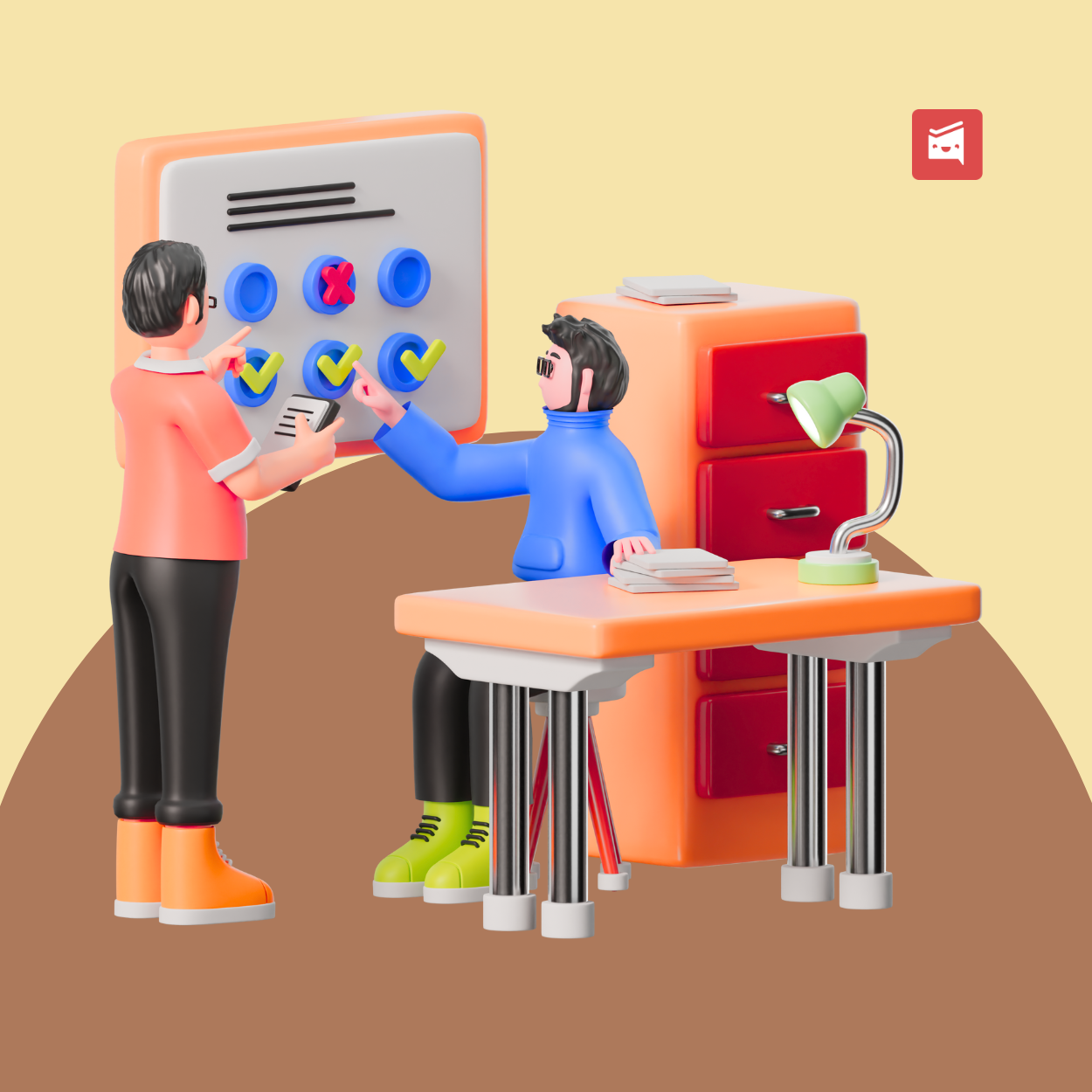The opinion on employee tracking is conflicted across industries; however, the practice has proven fruitful for many, specifically in remote setups.
Being informed about the workflows and creating a structure that boosts productivity offers various benefits; however, it depends on the strategies you make and their execution. Otherwise, what often begins as an initiative to boost performance can easily go south, and rather than increasing productivity, it demotivates employees and pushes them towards quiet quitting or resigning.
This article is about understanding why strategies don’t work sometimes and how productivity tracking backfires.
Why Employee Productivity Tracking Often Backfires
Companies implement productivity systems so that remote and in-house employees can work independently and achieve their defined work-related objectives without conflicts with management. However, if management fails to convey these goals effectively to the team, the system can have a negative impact. Here are the common mistakes companies make.
Micromanagement: When companies micromanage, it becomes a hindrance rather than a performance booster. The constant questioning of employees' actions and hours spent leads to a culture of surveillance and mistrust.
Overemphasis on hours logged: Many organizations start focusing on the time logged, rather than on employees' actual work. In such cases, employees also tend to focus on completing the hours rather than putting in effort to achieve results.
Punitive approach: Following the numbers generated by the system is a punitive approach. Rather than inspiring improvement, it sparks a fear of punishment..
Benefits of Employee Productivity Tracking
A well-implemented productivity tracking system offers more benefits than you initially signed up for.
Better Retention Rate: When employees receive recognition for their work, they feel valued and believe that their performance is being measured fairly. It builds a sense of loyalty, and employees prefer to work with the company for a longer period.
Improved Employee Satisfaction: Productivity trackers offer the exact numbers that create transparency in the work. Leading with transparency builds mutual trust and enhances motivation and job satisfaction.
Creation of a Better Reward System: The data from the productivity trackers provides a solid and most reliable foundation for creating a reward system that is fair and performance-driven. The data-oriented promotions and bonuses recognize the true talent of the company, boosting morale.
Identification of Bottlenecks: Tracking highlights areas where workflows slow down. You can identify bottlenecks within just a few minutes and take measures while still time.
Tips to Make Employee Productivity Tracking Motivational
Motivating your employee with the data productivity tracker requires some additional effort. Here are some practical tips to ensure it is working as you wanted.
Focus on Outcomes, Not Just Hours: Instead of measuring productivity by time spent, emphasize results. See how employees manage their tasks and how they contribute to the overall project.
Encourage Self-Reflection and Ownership: Give employees access to their own productivity data and encourage them to analyze it. This creates a sense of responsibility, and they, too, can view where they lack and improve their performance accordingly.
Recognize Achievements Publicly: Celebrating the accomplishments of your employees. Recognize them in a way that doesn’t undermine the work of other employees but motivates them to be more efficient in every possible way.
Involve Employees in Setting Goals and Metrics: Including team members in creating productivity benchmarks ensures a fair approach to setting goals and metrics. Employees are more well-versed in the workflows and provide a realistic timeline for projects.
These tips cannot be implemented with an unreliable tracker. Do your research and get the one that works on the principles of transparency and performance growth.
How Can TimeBee Turn Tracking Into Motivation
In literal terms, productivity metrics are directly related to task management and how it pans out in the project progress, so the best tool is the one that covers all. Here’s where the TimeBee employee productivity tracker can assist.
TimeBee offers various features that capture productivity at the task, team, project, and organizational levels. Here are the features that can help track productivity and motivate employees.
Timesheets: TimeBee’s detailed timesheets give a clear picture of how employees manage their working hours. You receive a timeline, showing the exact start and end times along with the number of breaks taken and their duration.
Quarterly Performance Reports: These reports provide employees with sufficient time to maintain or recover their performance. You can use the data from these reports to track KPIs and goal completion. Here, the motivation lies in how an employee maintains a consistent performance.
Task Management: Beyond tracking hours, you can assign, prioritize, and monitor tasks within the app. Once assigned, you can view how much the employee spends on the task and how quickly they have achieved it..
Attendence Reports: TimeBee’s attendance reports automatically record log-in and log-out times. These reports provide accurate attendance tracking for employees working in hybrid, remote, and in-office settings. This way, you can treat all of your employees with fairness.
Billable Hours and Payroll: TimeBee differentiates between billable and non-billable time, ensuring fair client invoicing and employee compensation. When there is no payment disparity and each employee has clarity about their pay, it reduces internal conflicts and negative feelings toward management.
The most significant benefit TimeBee offers is transparency, as employees can also view the exact data as employers. They can see their time distribution and efficiency reports, which help them maintain consistency in their performance. Further, data from all these features can be used in creating and implementing employee motivational strategies.
The Bottom Line
Tracking employee productivity can unlock numerous benefits, including better accountability, higher satisfaction, improved retention, and a stronger sense of fairness in the workplace. But simply getting a tool or system isn’t enough.
An organization must first define clear goals for why it is tracking productivity and then find software that fits its requirements. You must understand that without a well-defined purpose, even the most advanced system can backfire.
Know what your employees feel about productivity tracking, clear their perspective, and motivate them to be responsible.
